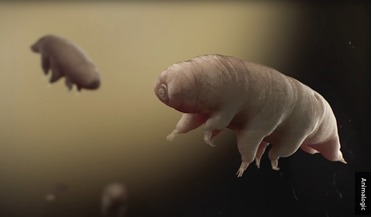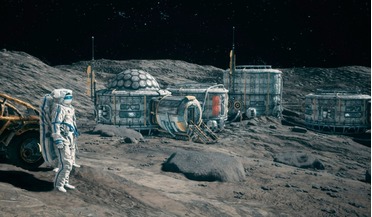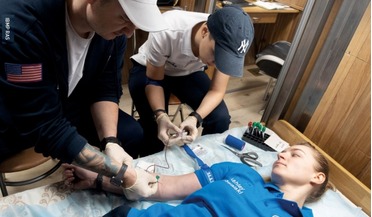 February 2022
Extremophiles as a blueprint for universal life
February 2022
Extremophiles as a blueprint for universal life
... bacteria and the acidophile Cupriavidus metallidurans and a strain of the cryophile Pseudoalteromonas bacterium. Finally, the preparation of food stuffs such as lactose-free milk from cryophiles such as strains from the Arthobacter species where the...
 March 2022
What space taught me about water
March 2022
What space taught me about water
... it’s heavy so it’s very expensive to resupply from Earth to space. This is one reason why we do things like send our food to space dehydrated, so that it weighs less; that enables us to get more at one time on the resupply missions. To the...
 May 2022
Design architecture for 3D printing a lunar habitat
May 2022
Design architecture for 3D printing a lunar habitat
... will accommodate a bio-regenerative life-support system (BLSS), a closed artificial ecosystem to provide a sustainable basic atmosphere, food and water supply chain and waste management procedures. Numerous terrestrial analogues have been built and...
 January 2023
The effects of spaceflight on the female body
January 2023
The effects of spaceflight on the female body
... importance for space medicine is the assessment of nutritional status, which analyses the adequacy of energy intake from food and the complex of key nutrients during prolonged exposure of the body to spaceflight factors required to correct the...
 January 2023
LUNAR OASIS – architectural visions for an integrated lunar habitat
January 2023
LUNAR OASIS – architectural visions for an integrated lunar habitat
.... In addition, three different zones should be noted: the crew accommodation (for privacy), the greenhouse (for its food supply) and a research lab (for various studies of the lunar environment). There are also a few secondary...
 April 2024
Terraformal dreaming
April 2024
Terraformal dreaming
...recreation of a planet in the image of Earth. At first, humans on Mars would need to live in underground bunkers, grow food in inflatable greenhouses, figure out how to manufacture things in 37 percent gravity, and send rovers to find water and ...